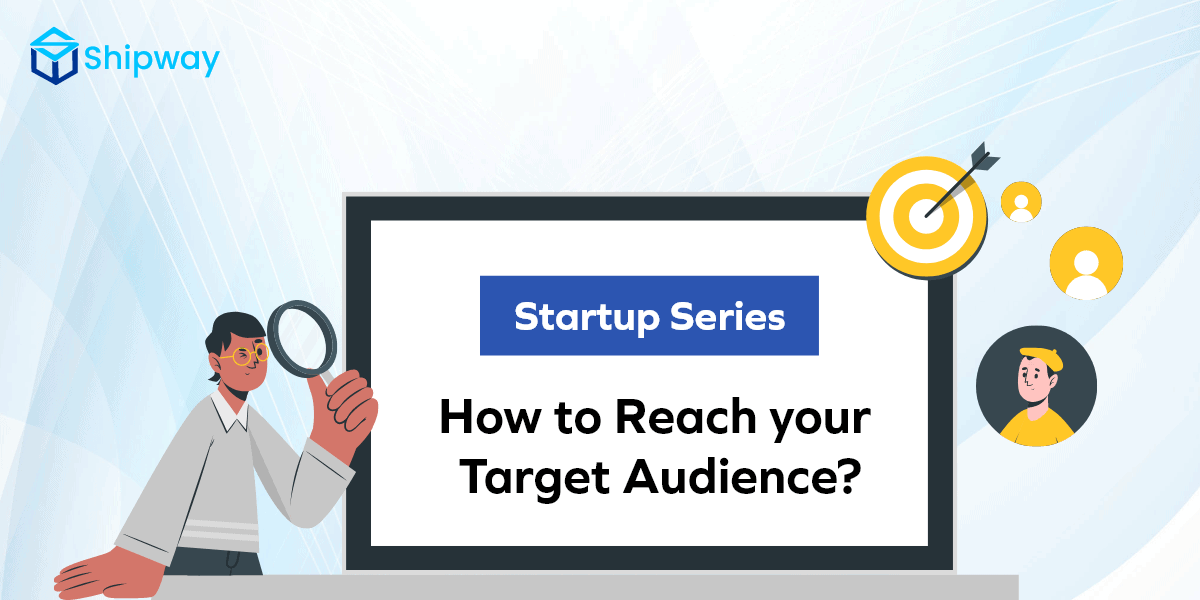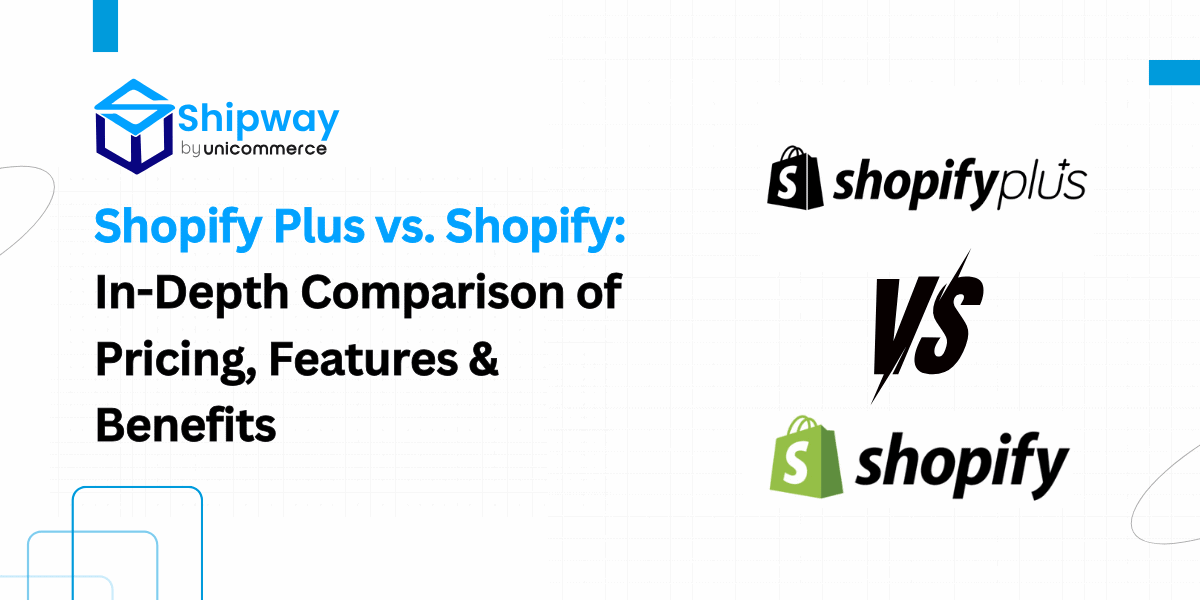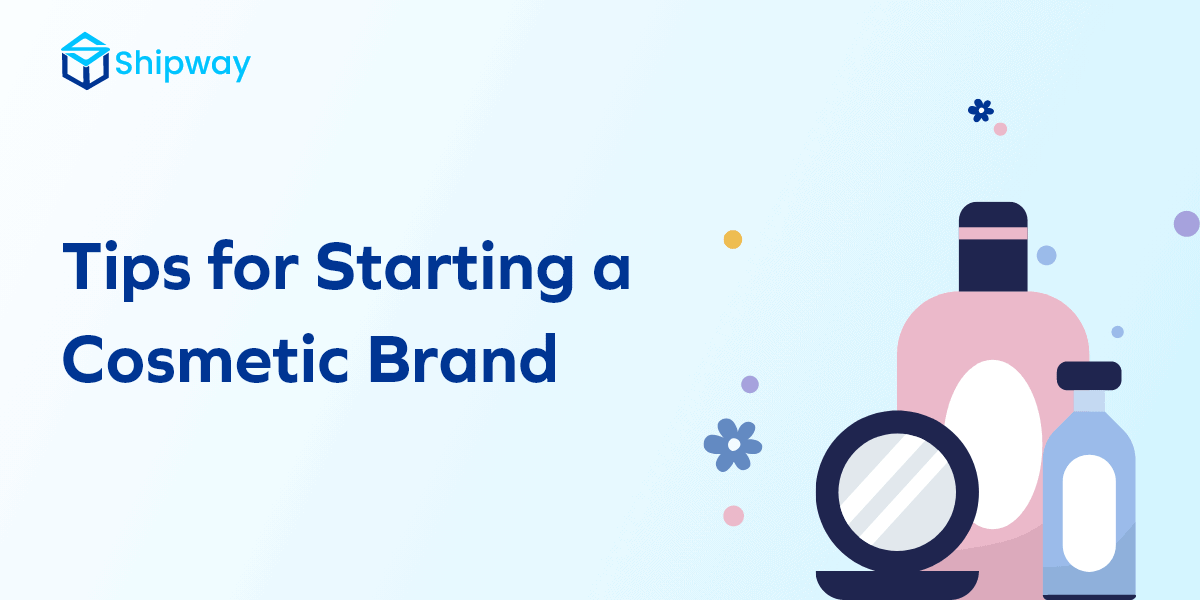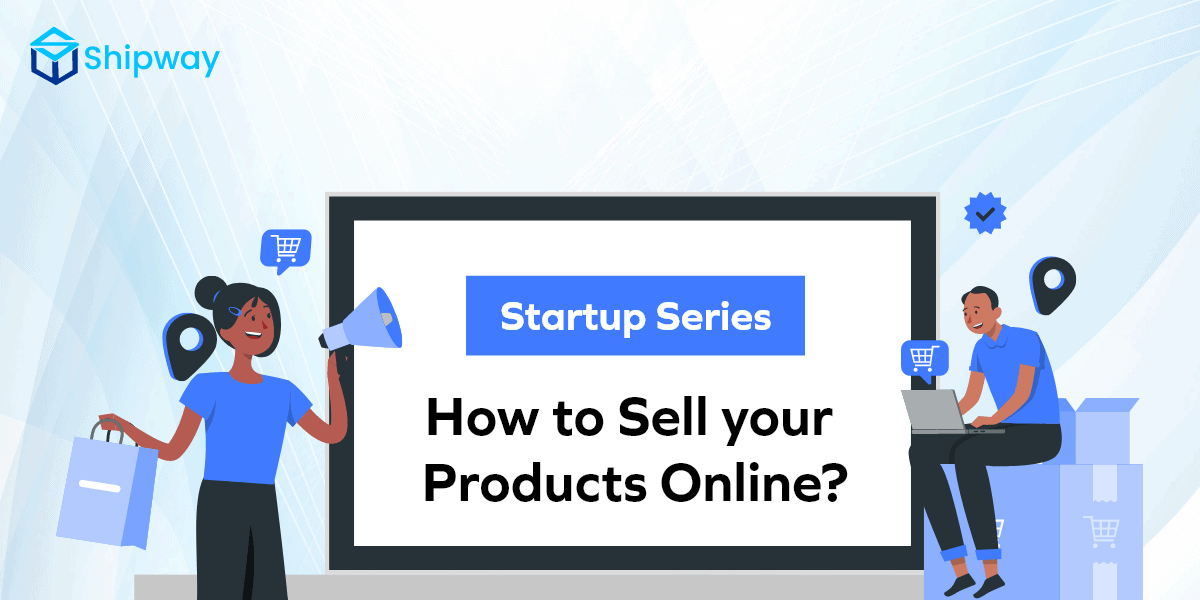Reaching the right audience is the foundation of any successful ecommerce or D2C business. No matter how great your product or service is, it won’t generate results if it doesn’t reach the right people.
Understanding your audience helps you create better marketing campaigns, improve ecommerce sales, and uncover new ways to engage your target audience. But to do this, you need an ecommerce marketing strategy that matches customer behavior and preferences.
Whether you’re a startup or an established ecommerce brand, this guide will help you on how to reach your target audience and connect with them effectively.
How to Reach Your Target Market?
Here’s a detailed breakdown of the eight essential steps to follow:
1. Define your Target Audience

Before you start marketing, you need to understand who your audience is. The more specific you are, the better your marketing efforts will be. Start by analyzing the following factors:
- Demographics: Age, gender, location, income, education, and occupation.
- Psychographics: Interests, values, lifestyle choices, and personality traits.
- Pain Points: Identify your audience’s problems and how your product/service solves them.
- Buying Behavior: Look at their purchasing habits, decision-making process, and preferred channels.
How to Identify Your Audience?
- If you are a growing business with some website traffic, use Google Analytics to study website traffic, customer behavior and purchasing data.
- If you use meta ads, you can leverage Facebook Audience Insights for demographic details.
- Use WhatsApp and emails to conduct surveys, and interviews, or collect feedback from existing customers. You can also convert a Google form into QR code and place it on packaging or order confirmation pages to make leaving feedback effortless.
- Create buyer personas based on your products and pain points you are solving, fictional profiles representing different customer segments.
A well-defined target audience helps you tailor your content, identify your brand positioning and differentiation, create messaging, and customize your marketing strategy to maximize engagement and conversions.
2. Craft Compelling Brand Story
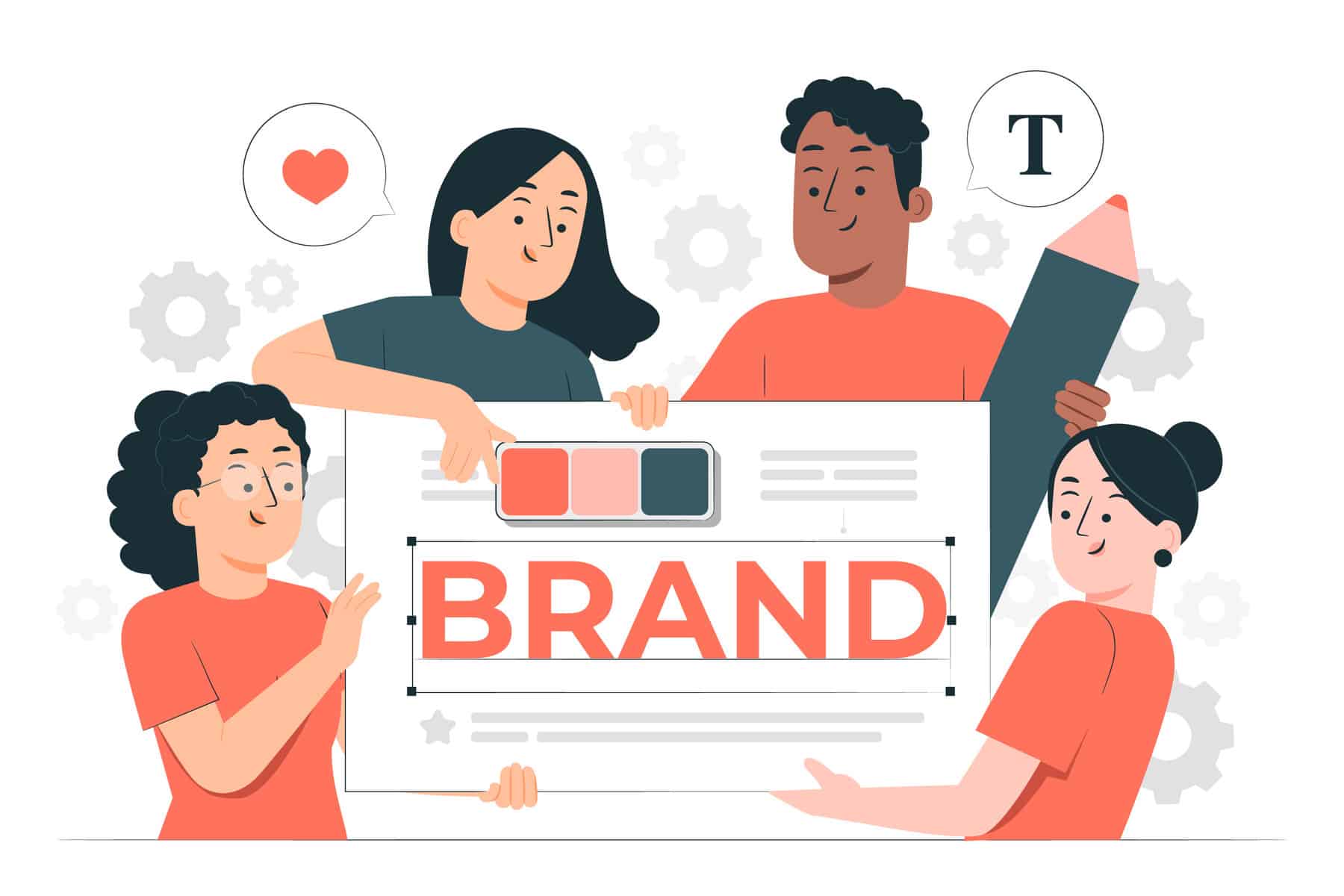
To lure your target audience, your brand needs a unique and compelling story. So, focus on coming up with an authentic brand narrative that speaks to your audience’s desires, challenges, and values.
Now, you can go to your channels like websites and social media platforms to put your story out in the open. Use visual elements, engaging content, and emotional appeal to create a strong connection with your audience.
3. Optimize for SEO & Organic Reach
Search engine optimization (SEO) and content marketing help you to organically reach your target audience. The goal is to create high-quality content that ranks well on search engines and attracts potential customers.
How to Optimize for SEO?
- Conduct keyword research using tools like Google Keyword Planner, SEMrush, or Ahrefs.
- Focus on long-tail keywords that match user intent like “best skincare routine for dry skin”.
- Use on-page and off-page SEO techniques, such as optimizing meta titles, descriptions, headers, and alt tags.
- Create SEO-friendly URLs that include relevant keywords.
4. Creative & Relative Content Wins
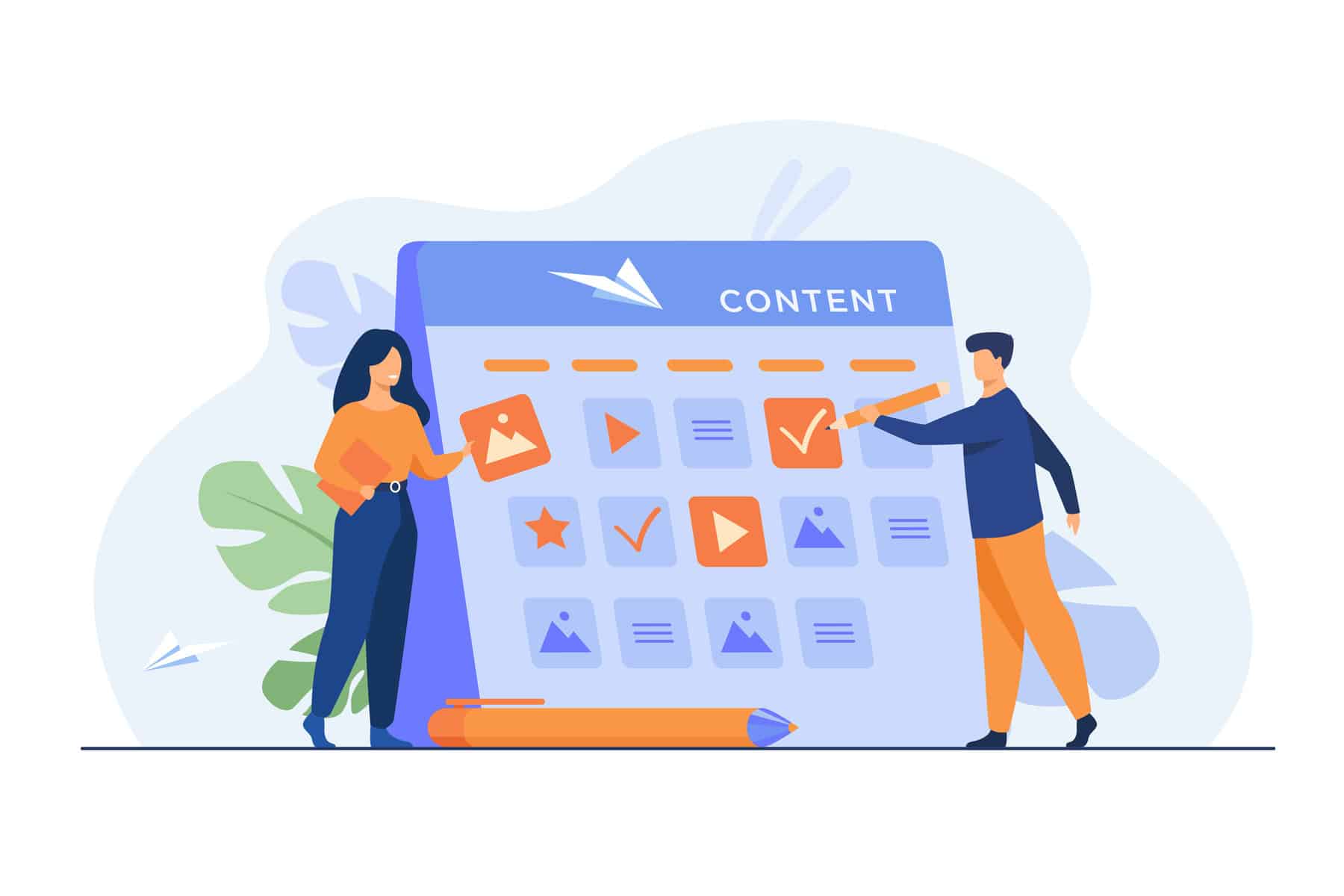
Your customers will relate more to your brand if you create relevant content that is interesting. You can focus on the pain points and give the solution by throwing light on your products through creating videos, blogs, social media content, and more. For example, collaborating with top podcasting production companies to produce engaging audio content can elevate your brand presence. Customers can read or watch the creative bits and will relate to your brand.
Content Marketing Strategies:
- Write high-value blog posts that answer common customer questions.
- Create insightful sections on your product page like how-to guides, case studies, and product comparisons.
- Use videos, infographics, and podcasts to cater to different audience preferences.
- Update and repurpose old content to keep it relevant.
By optimizing your website and creating engaging content, you can attract and retain your ideal audience without relying heavily on paid advertising channels.
5. Leverage Paid Advertising for Quick Results
While organic marketing and reach are important, paid advertising can significantly speed up the process and help you reach your audience faster. Platforms like Google Ads and Facebook Ads allow you to target specific demographics.
Types of Paid Ads:
- Search Ads: Shows up on Google’s search results when users look for relevant keywords.
- Display Ads: Display visual banners on websites and apps to increase brand awareness.
- Social Media Ads: Target users based on their interests, behavior, and demographics.
- Retargeting Ads: Re-engage visitors who previously interacted with your brand but didn’t convert.
Tips for Effective Paid Advertising:
- Set clear goals for your ads like brand awareness, lead generation, or conversions.
- A/B tests different ad creatives, headlines, and CTAs.
- Use lookalike audiences to reach potential customers with similar traits.
- Monitor and optimize ad performance regularly.
Investing in paid ads ensures that your brand reaches the right people at the right time, leading to increased engagement and sales.
6. Bond with Influencers
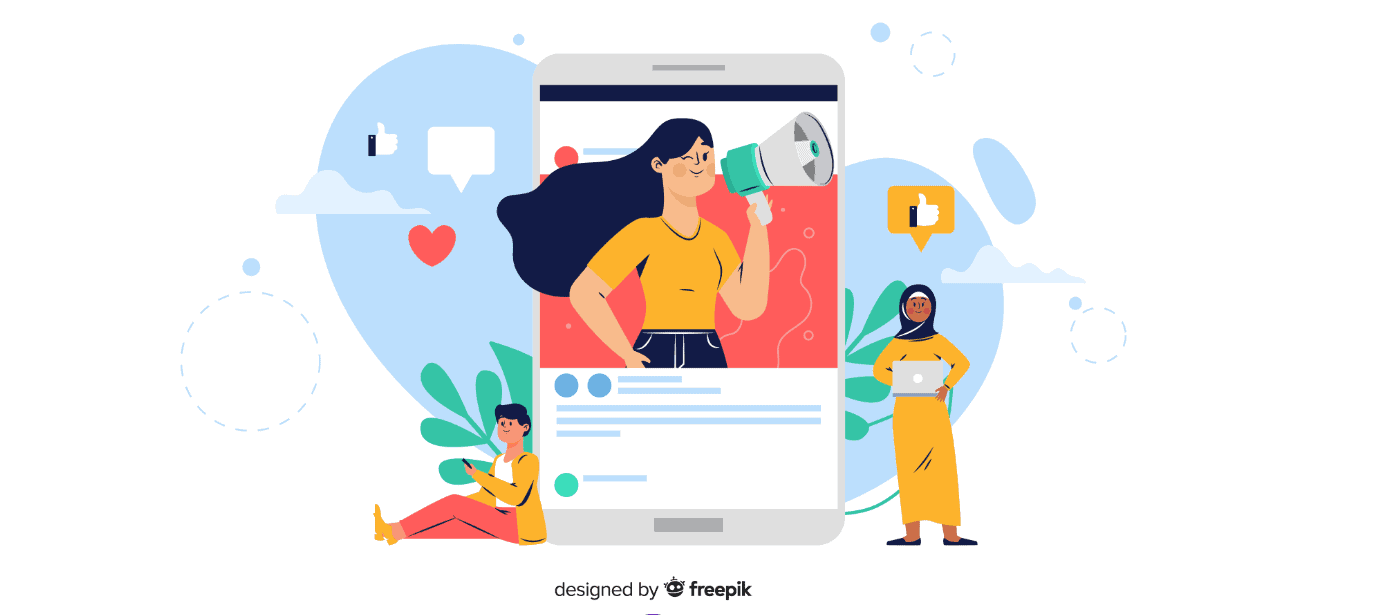
72% of Gen Z and millennials follow influencers on Social media and are more likely to buy a product recommended by them.
What is one of the easiest and most important steps to reach your target audience? It’s simple! Just bond with influencers and they will help you in reaching out to your target audience.
For example- If you are an apparel brand, you can go for a fashion influencer. Similarly, if you are a make-up brand, the makeup experts are just the right influencers for you. You can easily find the perfect influencers on influencer marketing software, collaborate with them and make a bond with your target audience.
7. Leverage Social Media Platforms
In 2023, there are estimated to be 4.89 billion total social media users worldwide.
Social media platforms create an excellent opportunity to connect with your target audience directly. Identify the platforms where your audience is most active and develop a strong presence there.
Create engaging and shareable content, actively engage with your followers, and leverage social media advertising to reach a larger audience.
8. Measure, Analyze, and Optimize Your Strategy
To keep improving, you need to track your marketing results. Data-driven decisions and tracking business metrics help increase efficiency and increase return on investment (ROI). This will also help you identify new channels and opportunities like RCS messaging, YouTube influencer marketing and more.
Essential Tools for Tracking Performance:
- Google Analytics: Tracks website traffic, user behavior, and conversion rates.
- Social Media Insights: Analyzes engagement metrics and audience demographics.
- Email, SMS & WhatsApp Campaign Metrics: Tracks open rates, click-through rates, and conversions.
How to Improve Your Ecommerce Strategy?
- Identify your best-performing content and create more like it.
- Analyze drop-off points in your sales funnel and optimize conversion paths.
- Continuously refine targeting parameters for better ad performance.
- Keep up with industry trends and adapt your marketing strategy accordingly.
By consistently measuring and optimizing your marketing efforts, you can ensure sustained business growth and increased engagement from your target audience.
Final Takeaway
Reaching your target audience requires a combination of skills and channels like SEO, content marketing, social media engagement, paid advertising, and continuous optimization.
A well-planned approach enhances brand awareness, increases engagement, and drives conversions. By following these steps, ecommerce businesses can effectively connect with their ideal customers, maximize marketing efforts, and stay ahead of the competition.
Stay updated with digital trends, keep experimenting with new ecommerce marketing strategies, and watch your audience grow!
You may also like…
Shopify Plus vs. Shopify: In-Depth Comparison of Pricing, Features & Benefits
If you're looking to build or scale an online store, Shopify is one of the most powerful and user-friendly eCommerce platforms available. However,...
read moreHow to Start a Cosmetic Business: 6 Essential Tips for Success
The beauty industry is booming, with millions of consumers searching daily for high-quality skincare, makeup, and personal care products. If you're...
read moreHow to Sell Your Products Online: A Guide for New Entrepreneurs
Selling products online has become more popular than ever, especially as customers increasingly prefer shopping through apps and websites...
read more
